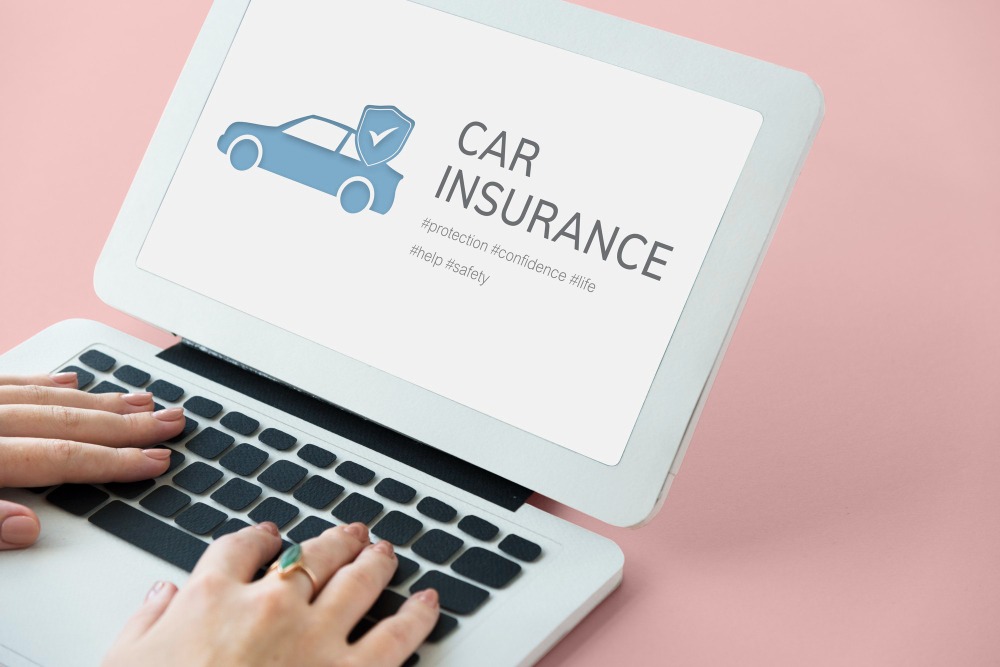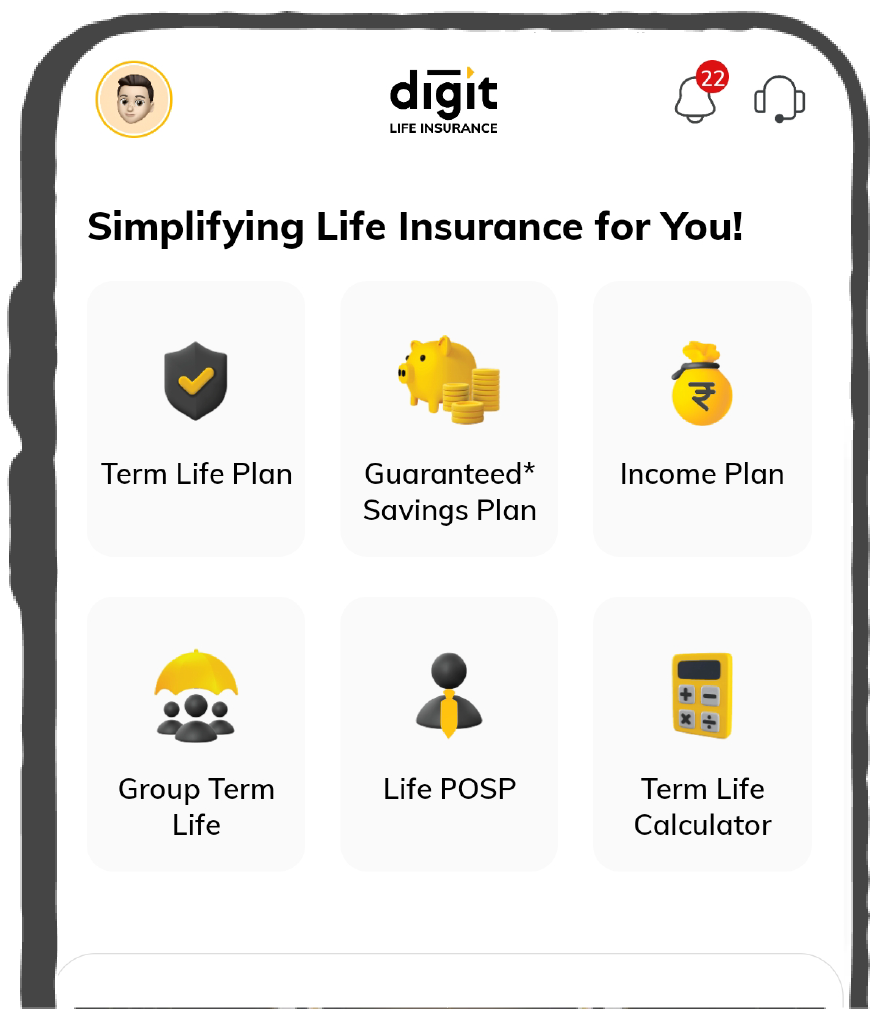Car Insurance Online, Up to 90% Off
9000+
Cashless Garages
96% Claim
Settlement Ratio
1.2 Cr+
Policies Sold
I agree to the Terms & Conditions
Buy Online for Huge Savings
Debunking Common Myths About Car Insurance in India

There are a plethora of factors that affect car insurance premiums at the time of renewal. Now, depending upon the degree of violations, traffic challans can also play a major role in determining the premium rates.
The reason is that as the severity of traffic violations increases, the risk of providing coverage to the individual rises in tandem, causing a change in the premium amount. Wondering how much a traffic violation affects car insurance premiums?
Keep reading to find out.

Table of Contents

Importance of Understanding Car Insurance Myths
Understanding car insurance myths allows you to make informed decisions. This ensures you get the right coverage and save extra money. Here are key points of importance in understanding insurance myths:
Avoiding Financial Mistakes
Mistakes such as overlooking coverage limits, deductibles, or exclusions can cause individuals to make confused decisions. Therefore, avoiding them can help save money and provide better coverage.
Smart Coverage Choices
Understanding common myths ensures better policy selection, which helps you optimise your policy according to your needs.
Customising Your Benefits
Once you know the myths around your policy, you can enhance its benefits. This widens your options for covering more risks, hence increasing its effectiveness.
Better Cost Management
Knowing how car insurance works will help you plan your spending. Some people think cheaper is always better, but that is not true. A more comprehensive policy will help you save money.
Prevent Overinsurance or Underinsurance
Myths can lead to overinsurance when you pay for coverage you never need, or underinsurance, where you are at risk of being under-covered. Facts will help you balance protection and premium.
13 Most Common Car Insurance Myths in India
The myths regarding car insurance and its coverage lead drivers to confusion. To avoid such confusion, some of the most common car insurance myths are mentioned below:
Myth 1: The Cheapest Policy is Always the Best Option
Truth: Most drivers think the most affordable car insurance will save them money in the long term. Yet inexpensive insurance can have less coverage or excessive deductibles. In case of an accident, you could end up paying a significant amount out of your pocket. Finding the appropriate balance between price and coverage is crucial.
Myth 2: Your Insurance Follows the Car, Not the Driver
Truth: Some people think their insurance covers any driver using their car. While some policies extend coverage to occasional drivers, this is not always true. Many insurers require the driver to be listed on the policy. Your insurer might deny the claim if an unlisted driver crashes your car. Always check your policy details before lending your car.
Myth 3: The Colour of Your Car Affects Your Premium
Truth: Many feel that red or black cars are more expensive to insure. That is not how insurance companies treat colour, however. They examine other things in determining premiums, such as the car's model, engine size, safety features, location, and accident record. A high-performance vehicle, either red or not, will carry higher insurance fees.
Myth 4: Your Insurance Covers Any Accident, No Matter Who's at Fault
Truth: Liability insurance only covers damages you cause to others, not your own vehicle. If you are at fault and do not have collision coverage, you must pay for repairs yourself. Comprehensive coverage protects against theft, fire, floods, and other unexpected damages. It is important to know what your policy covers before an accident happens.
Myth 5: You Don’t Need Full Coverage on an Older Car
Truth: Many think that old cars do not need full coverage. However, this depends on the car’s value and repair costs. Keeping full coverage makes sense if your car is still worth a lot or if you cannot afford sudden repairs. The full coverage costs around ₹ 1,30,000 per year, while liability-only insurance costs about ₹ 50,000. The choice depends on your finances.
Myth 6: If You’re a Good Driver, Your Insurance Won’t Increase
Truth: A clean driving record helps lower your premium. But other Truthors can still raise your rates. Changes in state laws, inflation, rising repair costs, or increased car theft in your area can lead to higher premiums. Even if you have no accidents, you might still see a price increase at renewal. So, be conscious about your policy statements.
Myth 7: Once You Have Car Insurance, You're Covered for Any Situation
Truth: Your car insurance doesn't cover all the time. Typical policies include exclusions. For example, if you are speeding while under the influence or taking part in illegal street racing, your claim will not be honoured. Moreover, most policies will not cover earthquake damage or riot damage unless you specifically add it. Read the fine print on your policy.
Myth 8: You Cannot Adjust Your Deductible After Joining
Truth: Many believe they cannot change their deductible after choosing a policy. But most insurers allow customers to adjust deductibles. Increasing your deductible lowers your premium but means you’ll pay more if you file a claim. Lowering the deductible increases the premium but reduces out-of-pocket costs during claims.
Myth 9: Your Second-Hand Car Does Not Need Insurance
Truth: All vehicles, including second-hand cars, must have at least third-party insurance as per the Motor Vehicles Act of 1988. If caught driving without insurance, you may face fines of ₹2,000 for the first offence and ₹4,000 for repeat offences. Comprehensive insurance is also advisable to cover damages and theft.
Myth 10: I Do Not Need Car Insurance Because I am a Safe Driver
Truth: Safe driving lowers accident risk, but accidents can still happen due to other drivers or unforeseen events. Without insurance, you may have to pay huge medical and repair bills. In India, nearly 60% of road accident victims in 2023 had no insurance, leading to financial struggles. Having insurance protects you from unexpected expenses.
Myth 11: The Car Insurance Claims Process is Always Tedious
Truth: Claims can be settled quickly if all required documents are submitted correctly. Many insurers now offer digital claims processing, reducing settlement time. Simple cases, like minor repairs, are approved within a few days. Some insurers also offer instant claim settlements through mobile apps, making the process faster and more convenient.
Myth 12: No Claim Bonus is Lost During Policy Portability
Truth: No Claim Bonus (NCB) stays with you even if you switch insurers. You can transfer up to 50% of your NCB to a new insurer. This discount applies if you haven’t made any claims in previous years. Get an NCB transfer certificate when changing insurance companies to continue your discount.
Myth 13: Add-ons are a Waste of Money
Truth: Add-ons can provide valuable benefits. Roadside assistance helps in emergencies, zero depreciation cover saves money on repairs, and engine protection is useful in flood-prone areas. Without these add-ons, repair costs can be high. Choosing add-ons based on your needs ensures better protection and long-term savings.
How to Choose the Right Car Insurance Policy?
Choosing the right insurance policy for your car is crucial to ensure you have the right coverage and protection. Here's a checklist that will guide you in choosing the right policy:
Assess Your Coverage Needs
Understand how much coverage you may require, depending on your driving behaviour, type of automobile, and budget. This will enable you to reduce the premium amount wisely.
Compare Premiums
Compare premiums with different insurers to get the best value coverage. This ensures you get the right coverage at a low price, reducing your unwanted out-of-pocket expenditure.
Evaluate Add-ons
You can add features, such as breakdown cover, legal assistance, or windscreen protection, that suit your needs. Henceforth, by evaluating your add-on, you can reduce your premium price.
Select an Excess Level
Select an excess level that suits your expenditure plan. A higher excess can also reduce the paid premiums. However, it should not be too costly because that would increase the premium itself.
Discounts Available
One should check for applicable and available discounts. This includes the No-Claim Bonus, safe driving, or fitting security devices in your vehicle. This helps cut down on premiums and saves money.
Examine Customer Service and Reviews
The insurer's customer service and claim process will help you make informed decisions and prevent future issues with your insurance.
Understanding car insurance involves adapting oneself to common myths that leave many confused and making bad decisions. Understanding key truths about policy add-ons, coverage options, and premium pricing should allow one to make more informed decisions. With proper knowledge, you can navigate your way through complexities with confidence and avoid costly blunders.















